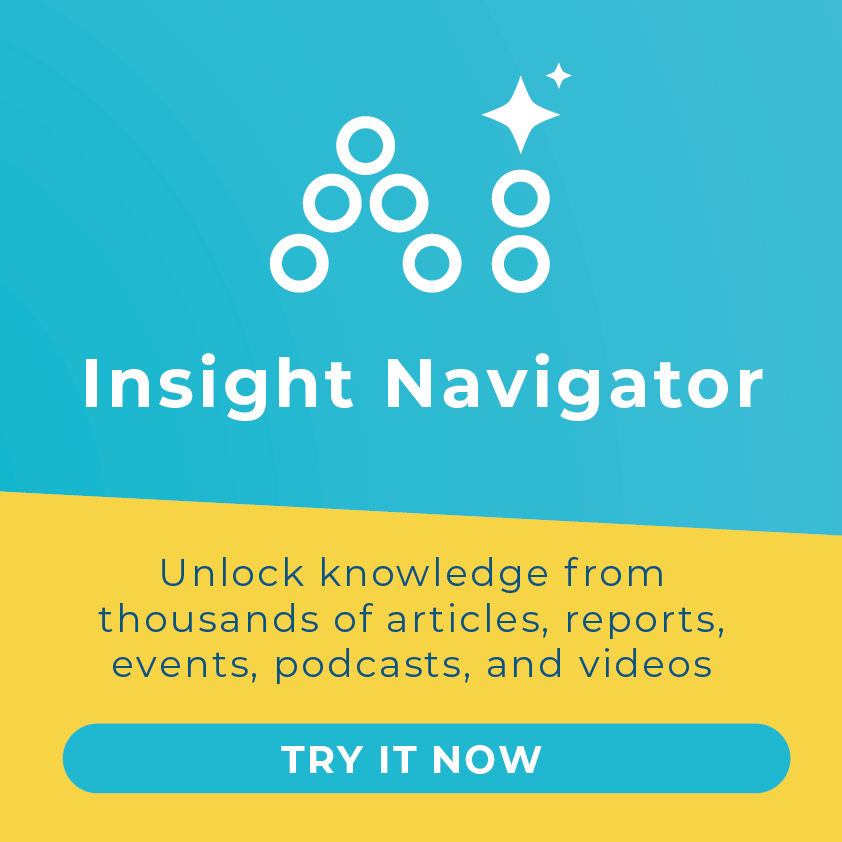Exploring Different Types of Partnerships
There are many ways to partner, but I will outline three strategies that I’ve seen used most commonly:
Strategic Resource and Information Sharing
For organizations looking to build up partnerships through a relatively low-effort approach, resource and information sharing is a great place to start. This could include participating in a Community of Practice (COPs) —a network to share approaches and tools. Or it could even be something as informal as team members in two different organizations with specific portfolios swapping tips, tricks and templates. The first step to building these types of partnerships is to find an existing COP or to identify organizations with similar needs and schedule an initial conversation about methods.
Issue-Based Coalitions
At this moment in time, many NGOs are experiencing the negative effects of changing Federal policies. Regardless of whether you are a 501c3 or 501c4, getting involved in a coalition focused on advocacy can be a great way to create impact beyond your direct programming and ensure decision-makers understand issues on the ground. Consider joining an established group that can serve as a vehicle for you to share your direct experience as a provider. These groups typically exist at local, state and national levels.
If you have a specific topic area you believe could provide important insights, consider building a project-based coalition. This was the approach taken by Clover in building Where Are the Workers GNO, This research initiative and conference sought to elevate the perspectives of workers to understand barriers to effective workforce growth and economic development. By bringing in multiple partners around a clear research question, the project was able to bring to the table funders and stakeholders beyond the ability of any single partner to achieve alone.
Shared Supports or Mergers
A high-effort yet lasting approach to thinking about partnerships is through shared support or mergers. A classic example of shared support is the fiscal sponsorship model, in which an existing nonprofit extends its tax-exempt status to another organization for a fee. This can also exist with other types of services, such as shared office spaces, bookkeeping, or fundraising services.
A more formal type of shared support occurs when two nonprofits merge. We’ve seen that most recently in New York, where the executive director of the think tank 5Boro was hired to lead Citizens Union, a storied advocacy and research organization. While both brands will continue to exist, 5Boro will become a program of Citizens Union.
Core Functions That Drive Successful Partnerships
Regardless of the type of partnership model you pursue, it is essential to think in advance about the purpose of the partnership and how it will operate. At Trepwise we have identified four critical recommendations for nonprofits pursuing partnerships:
1. Have a Clear Purpose
Every successful partnership begins with a clearly articulated shared purpose that goes beyond generic statements about “working together.” This purpose should be specific, achievable, and tied to outcomes that individual organizations cannot achieve alone.
2. Define a Clear Process for Decision-making
Decision-making processes should be established before they are needed. The most resilient partnerships develop tiered decision-making structures that differentiate between operational decisions, strategic decisions, and crisis responses.
3. Develop a Communications Strategy Up-Front
Organizations entering into partnerships should think about how they are communicating a clear narrative around opportunity and shared benefit to their internal stakeholders – like staff and Board, and in some cases also to the public.
4. Build an Off-Ramp
Every journey needs a few off-ramps. Spend some time up front exploring feasibility in a low-feasibility way, and if you do move forward, make sure there are mechanisms to pause or dissolve the partnership if it isn’t working. To protect each organization it’s important to establish a clear agreement about how shared resources, intellectual property and ongoing commitments will be handled in the case of dissolution.
The Role of Businesses in Supporting Partnerships and Coalitions
Partnerships and coalitions are actually a great way for businesses who want to fight poverty to approach non-monetary support. At this critical moment with several longstanding bipartisan ideas under attack, formal and informal business support to coalitions will be essential.
From a nonprofit’s perspective, corporate partnerships offer nonprofits benefits that go far beyond financial support, including access to a broader audience and specialized expertise. Our Trepwise team recently launched HouArts, an arts advocacy coalition in Houston, and found that business leaders and healthcare executives carried significant weight as “unexpected allies” when discussing the importance of investing in the arts.
On a more tactical level, businesses with relevant services can also provide pro bono support to nonprofits seeking to merge or combine to reduce their up-front costs, or provide sponsorships to events that are bringing together multiple NGO partners under a single banner or focus.
The Benefits of “Together”
The future of nonprofit organizations is rapidly evolving, with funding pressures, political uncertainty, and growing community needs that require new approaches to achieve social impact. Strategic partnerships and coalitions offer a proven pathway for organizations to increase their effectiveness, sustainability and reach while potentially reducing overhead costs through shared services. When done right, partnerships are one of the most powerful levers to create lasting social change, far beyond what a single organization could achieve on its own.









